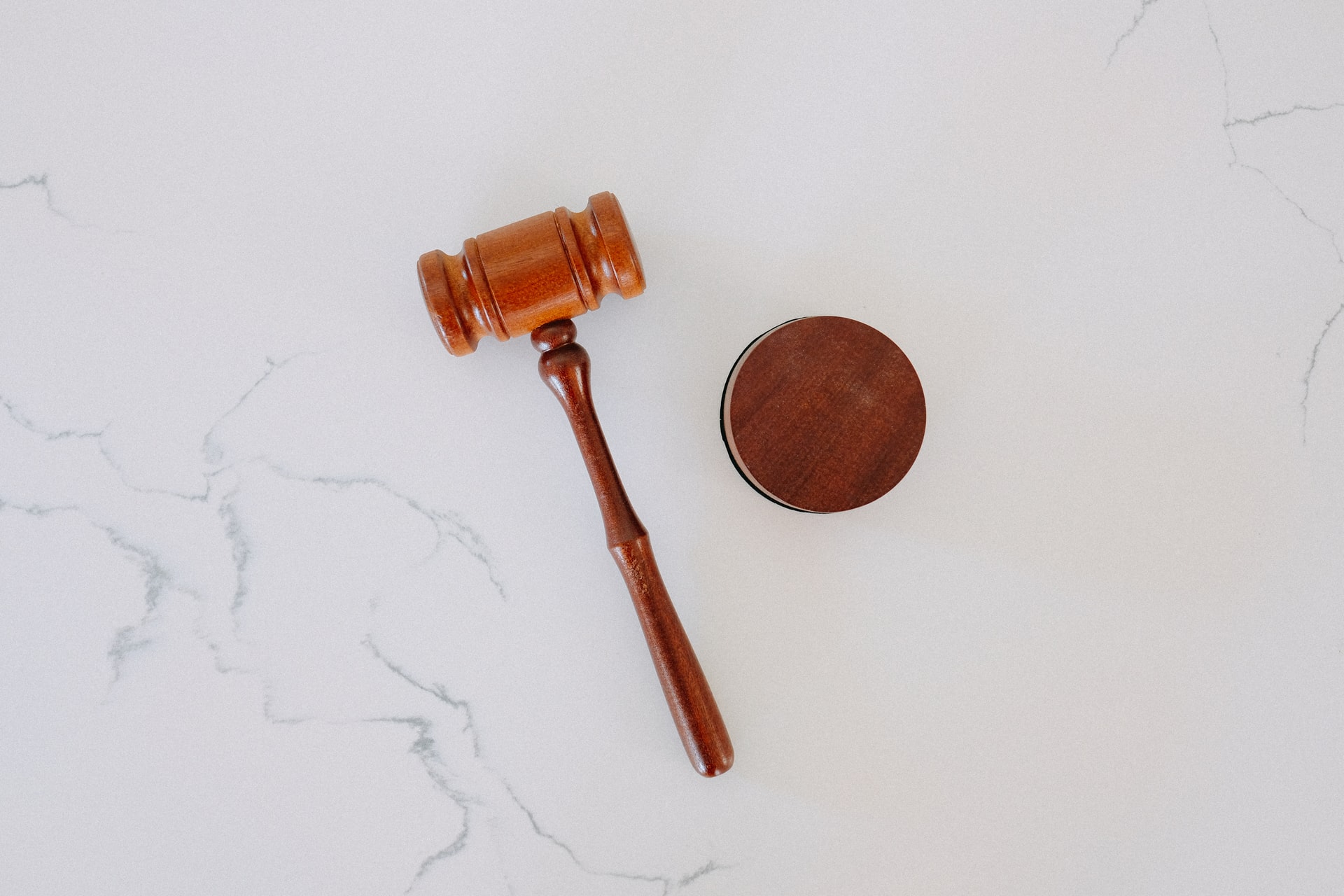When is a defect not a defect?

by
Posted
EVERY Student pilot learns what to do if they discover a problem with an airplane they’ve flown or are about to fly – they write the defect in the journey log, and then – the airplane is grounded until an Aviation Maintenance Engineer fixes the defect and signs a release to say the aircraft is returned to service. Right? Well… not exactly, according to the Transport Appeal Tribunal of Canada.
William R. Long v. Minister of Transport, 2004 CanLII 94578 (CA TAT) is an interesting case for any pilot who flies an airplane shared by others. Very briefly, the facts of the case are as follows.
Mr. Long was the chief pilot of the Harvard Association and an ATPL holder, who on 21 September 2002 flew a North American Harvard II, CF-HWX. On the 15th of that month, six days prior to that flight with which Transport Canada took exception, another pilot, Mr. Mazurek, had flown the same airplane and at the end of his flight made an entry in the aircraft journey log describing a defect to say “RH outboard elevator bearing excessive play.”
Transport Canada decided that because of this defect recorded in the log, the aircraft wasn’t airworthy when Mr. Long flew it, and suspended his ATPL for three days as a punishment.
Mr. Long asked for a review of the decision by the TATC, and the review member decided for the government, upholding the penalty. Mr. Long appealed the decision to a three member panel, who reversed it and upheld his appeal. The panel decided that the entry in the journey log suggesting that the elevator bearing was defective was not adequate evidence that the aircraft was un-airworthy.
The panel noted that the CARs standard 625.10 contains advisory text that:
Although the responsibility for deciding whether an aircraft may be operated with outstanding defects rests with the pilot in command, an error in this determination could result in a contravention under these regulations.
And that:
Where in doubt, the pilot should obtain the advice of an AME.... Inspection of defective systems by an AME, although advisable, is not a legal requirement. As stated earlier, it is the pilot's responsibility to determine whether the aircraft is fit for the intended flight.
Having to decide if the aircraft actually was un-airworthy (as the government contended) or not the panel considered the following.
Although Mr. Mazurek wrote up the elevator as “excessive play”, whatever he had in mind at the time, Mr. Long did not consider this a defect rendering the aircraft unairworthy at the outset of his flight, or again for a second flight that same day.
Even Mr. Mazurek himself considered that either there wasn’t then or perhaps had ever been an airworthiness issue, as he also flew the airplane on September 21, then again on October 6 (repeating the same entry in the journey log) and then twice more on November 11. With a passenger on board every time.
In fact, a total of five other pilots also flew the aircraft before it eventually received attention from an AME on behalf of the Harvard Association, and that AME decided that the play was very minor and that replacement of the elevator bearing could be deferred until the next inspection.
The panel reasoned that the only evidence of a defect was found in the two journey log entries by Mr. Mazarek. Mr. Mazarek himself wasn’t called to give evidence to the tribunal and there was no evidence as to what precisely he meant by “excessive” play or how he reached that conclusion.
On the other hand, Mr. Long – the pilot who was subject of the enforcement action – testified under oath that when he examined the aircraft the play in the elevator seemed perfectly normal, and there was no attack on his credibility in making that assertion.
The panel also considered favourably the testimony of an expert witness AME (Mr. Steven Martin) who was qualified as an expert on the maintenance of Harvard aircraft. He had said that although the manufacturer had not specified a particular tolerance for elevator hinge bearings, this did not mean (as the Minister claimed) there would then be a zero tolerance policy in that any wear whatsoever of the component would be a defect against type design. The expert witness said that the intent was that a component be inspected and a judgement as to its airworthiness be made.
So, from a pilot and aircraft operator’s point of view I am glad to be able to point out two common-sense conclusions from this report. Firstly that items that wear (such as bearings) don’t have to be replaced as soon as *any* wear is detected. Instead a judgement has to be made about what is acceptable wear and what isn’t – even if the manufacturer hasn’t specified any wear limits.
And secondly, the panel upheld that the Pilot in Command of an airplane gets to make their own determination of airworthiness and isn’t bound by a written note left by someone else in the Journey Log. If the government wants to assert that a pilot made that decision incorrectly and punish them for it they need evidence beyond the mere journey log entry itself.